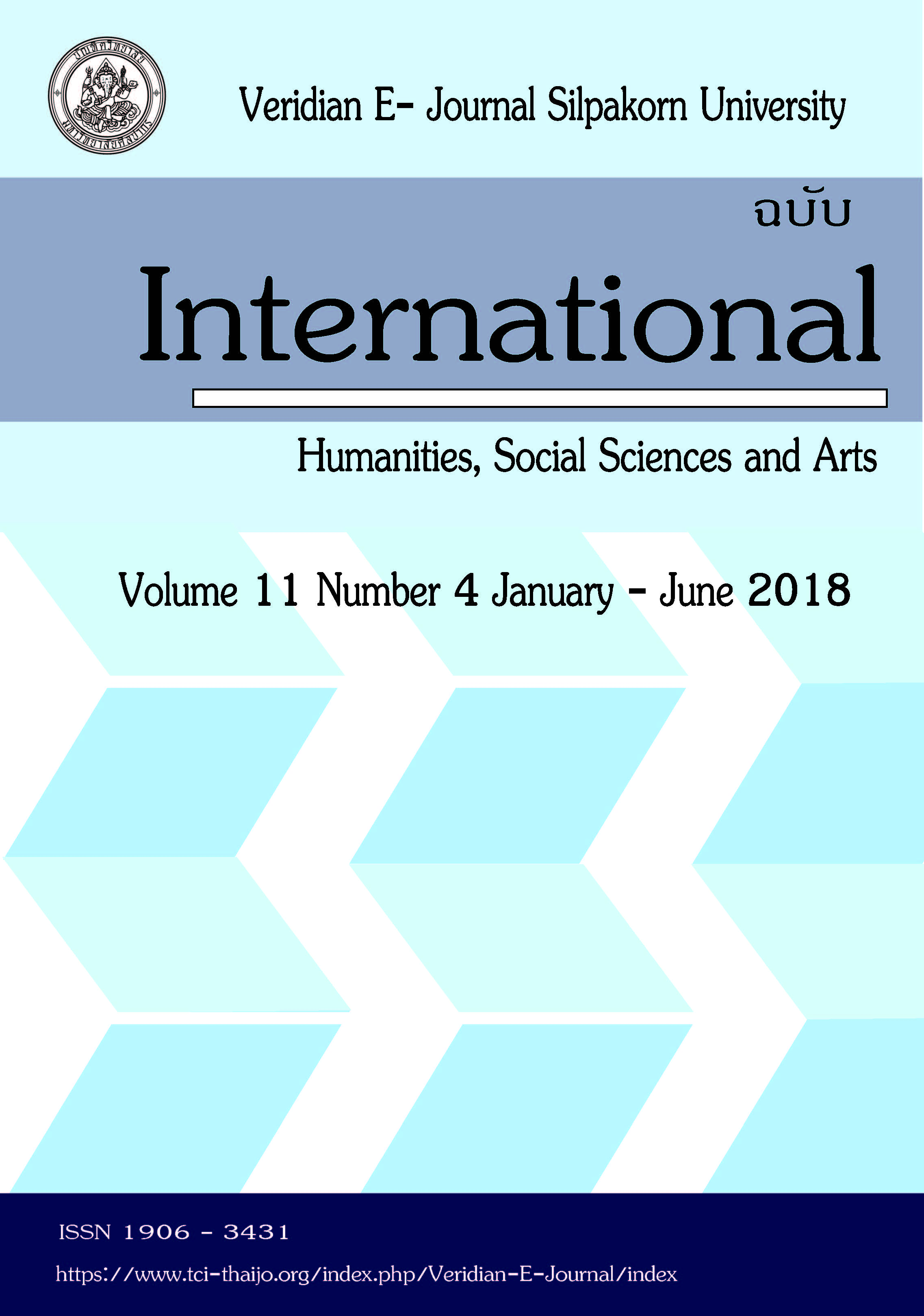Service Design For Creative Craft Community and Product Development: A Case Study of Phanat Nikhom District, Chon Buri Province, Thailand
Main Article Content
Abstract
Art and craft production from different local craft communities become a significant image of Thailand. It is a visible industry contributing to the country’s national economic and social development and it is providing many employments to local people. Craft products also become the identity of the local communities themselves. This research study investigates the local craft community and its potential to further develop onto a creative craft space. The objectives are identified into 3 points which are 1) to study the characteristics of Thai local craft community and the relationship between different groups of stakeholders; 2) to study the possibility of craft community conservation and opportunities to develop the space onto creative learning space; and 3) to explore methods in collaborating and developing new products for local craftsmen and other stakeholders within the community. The study has concentrated on a case study of Phanat Nikhom District, Chon Buri Province, Thailand where most of the people are creating wickerwork from bamboo.
The data collected within the research come from ethnographic fieldwork, which consists of basic methods such as site visits and interviews. The research also includes the concept of Service design thinking and tools, which can help to analyze the data into different sets of relationship between service users, service providers, and environment. According to the objectives identified at the beginning of the research, the result of this research answers to all the objective questions, as 1) customers or service users are basically separated into various groups, for examples, local users, general tourist, business people, creative tourist, and local business cluster. Each group has different needs and different information acquiring in order to perceive the community as a creative space. Their relationship provided in the stakeholder map can lead to the next point in the research result; 2) a service design system occurred as a result of this research provided a possibility for the local craft community of Phanat Nikhom to be a creative space which should be consisted of three different hub concepts as creative learning hub, business and tourism hub, and cultural hub; and 3) the co-creation project during the evaluation process can be a very good example of exploring methods in collaborating and developing new products. Four collaboration groups were created as a group of design students and local craftsmen, a group of design students and local business cluster, a group of design students and local young generations, and a group of local craftsmen and professional design and artists. Each group provided different product design outcomes according to their different approaches on their collaborations. However, the process emphasising on presenting the ability of local craftsmen beyond what they are expected; exchanging knowledge; creating a more comfortable collaboration between the stakeholders; and strengthen the local craft community for more future sustainable developments.
